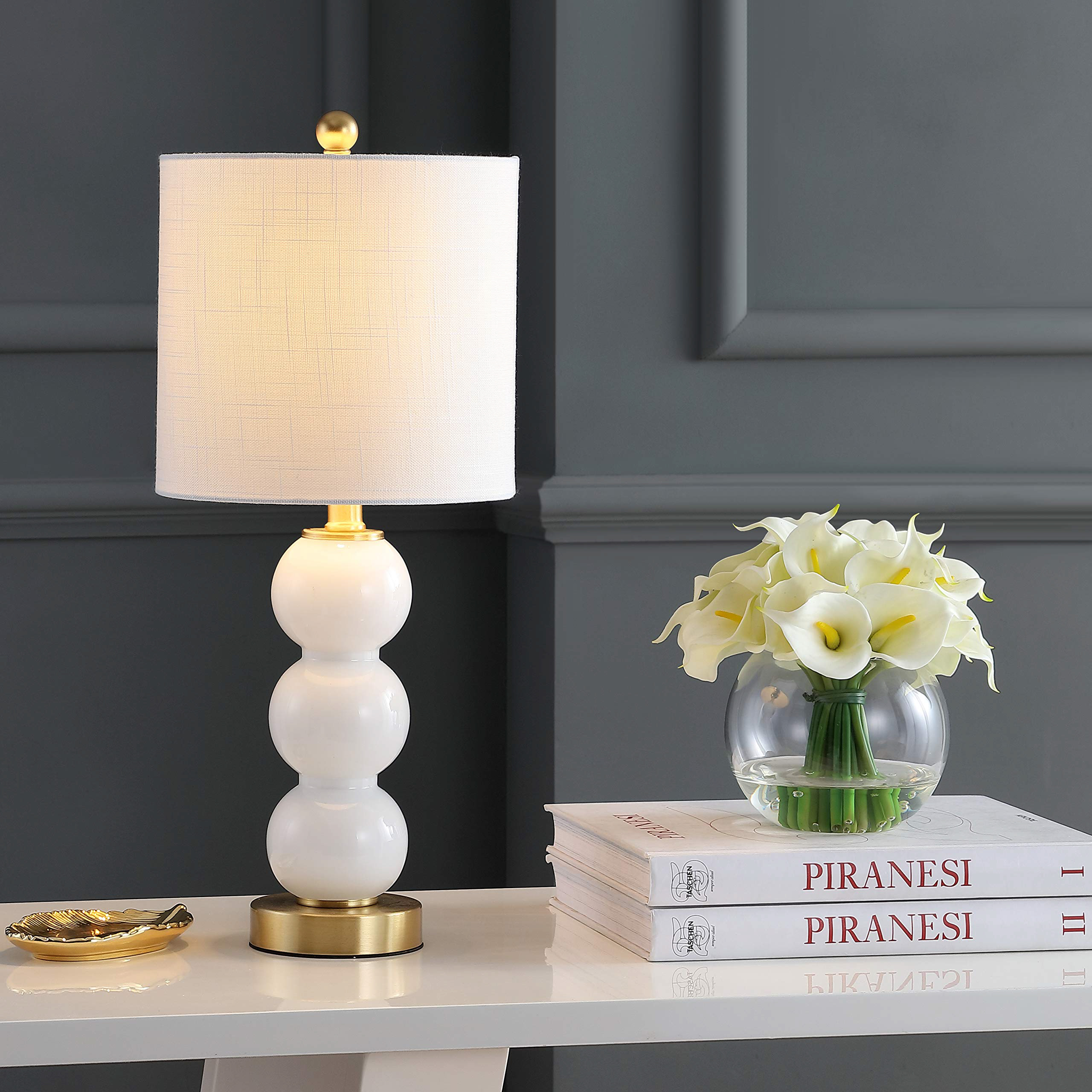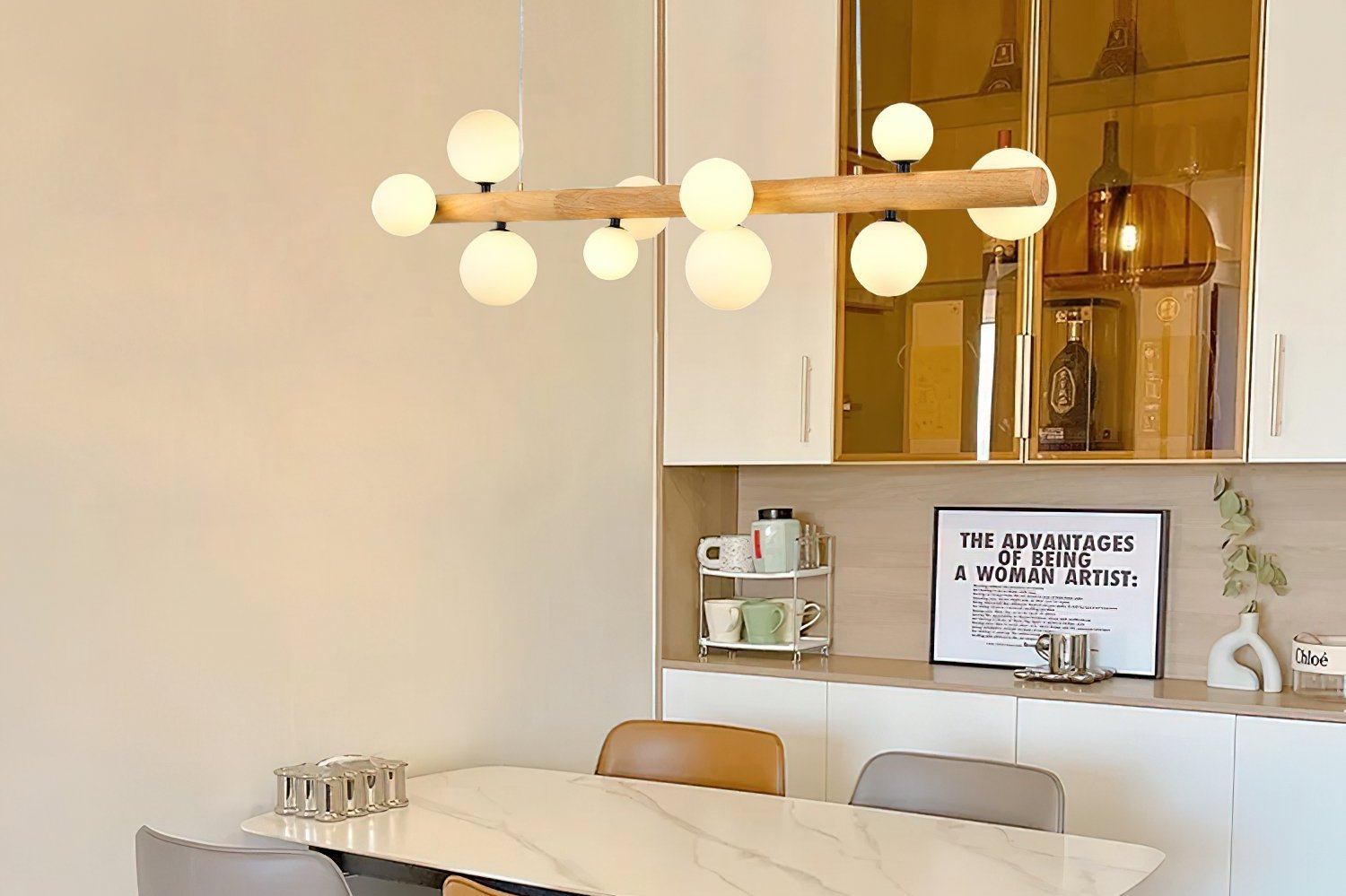Introduction
The kitchen is one of the most important rooms in a home. It’s where we prepare our meals, gather with family and friends, and create memories. While many homeowners focus on appliances and cabinetry, one often overlooked aspect of a kitchen renovation is the ceiling. A kitchen down ceiling is a great way to add style and functionality to your space. In this article, we’ll explore the benefits of a down ceiling and how to choose the right one for your kitchen.
Benefits of a Kitchen Down Ceiling
1. Increased Aesthetics
A kitchen down ceiling can add a unique and stylish look to your kitchen. It can create an illusion of height, making your kitchen appear taller than it actually is. Additionally, it can add texture, color, and interest to your ceiling, which can complement the rest of your kitchen design.
2. Better Lighting
One of the most significant advantages of a down ceiling is the opportunity to add new lighting fixtures. Recessed lighting in the down ceiling provides a more even and shadow-free light for the entire kitchen. Pendant lights can be hung from the down ceiling to add a stylish and functional lighting element. With the right lighting, your kitchen will look bright and welcoming.
3. Noise Reduction
The kitchen is often a noisy place, with the clanging of pots and pans, running water, and even the hum of appliances. A down ceiling can help absorb the noise, creating a quieter kitchen environment. It’s especially helpful for those who live in apartment buildings, where noise travels easily between walls and floors.
4. Energy Efficiency
A down ceiling can also help regulate the temperature in your kitchen. In the summer, it can keep your space cooler by trapping cool air close to the ceiling. In the winter, it can prevent heat from escaping, helping to keep your kitchen warm and cozy. Additionally, a down ceiling can improve the energy efficiency of your lighting by directing the light downward, reducing any waste or glare.
Choosing the Right Kitchen Down Ceiling
1. Materials
The first step in choosing a down ceiling is deciding on the material. You can choose from a variety of materials such as wood, metal, or gypsum. Each material has its unique benefits and challenges, so it’s essential to do your research before making a decision.
2. Style
The style of your down ceiling will depend on your personal taste and kitchen decor. You can choose from a range of styles, from simple and sleek to elaborate and ornate. You can also choose from different textures and patterns to add interest.
3. Height
The height of your down ceiling will depend on the height of your kitchen ceiling. It’s essential to measure your kitchen ceiling beforehand to determine the right height for your down ceiling accurately.
4. Lighting
The lighting in your kitchen is crucial, and your down ceiling can help you achieve the right lighting setup. When choosing your down ceiling, consider the type of lighting you want to install, and make sure that it’s compatible with the material and style of your down ceiling.
Installation and Maintenance
1. Installation
It’s important to hire a professional to install your down ceiling. They’ll ensure that it’s installed correctly, and they’ll be able to handle any unforeseen issues that may arise during the installation process.
2. Maintenance
A down ceiling is relatively easy to maintain. You’ll need to dust it regularly and clean it with a mild soap and water solution occasionally. If you have a wood down ceiling, you may need to re-stain or seal it periodically to protect it from moisture.



